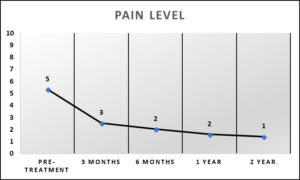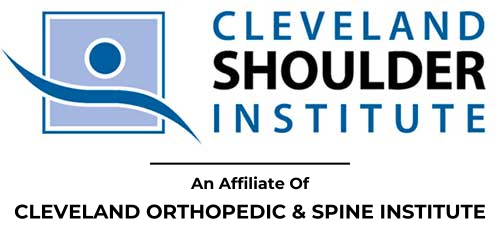Studying our Patients Progress After Surgery
 Dr. Gobezie is passionate about monitoring his patients’ outcomes following surgery. Before surgery, we ask our patients to complete a questionnaire about their shoulder. With their consent, we track each patient’s progress at certain intervals after surgery. The data we gather from this feedback provides a concrete way to measure our patients’ outcomes. Dr. Gobezie’s practice is unique in that he has a research department studying these results.
Dr. Gobezie is passionate about monitoring his patients’ outcomes following surgery. Before surgery, we ask our patients to complete a questionnaire about their shoulder. With their consent, we track each patient’s progress at certain intervals after surgery. The data we gather from this feedback provides a concrete way to measure our patients’ outcomes. Dr. Gobezie’s practice is unique in that he has a research department studying these results.
We aim to track all of our patients who are undergoing surgery, and this includes procedures such as: Biceps Tenodesis, Reverse Shoulder Arthroplasty, Total Shoulder Arthroplasty and Rotator Cuff Repairs (RCR).
What do our results tell us?
The data we have collected from our patients shows superior results as compared to the national average. Patients report lower levels of pain and a quicker return to mobility and function. This is in comparison to patient reports from other medical practices using the same outcome reporting database.
The key data points Dr. Gobezie collects from this research enable him to communicate to both patients and payors (insurance companies) about the quality of the care delivered. High volume surgeons are better able to provide value-based care, that equates to better outcomes over cost.
Dr. Gobezie is not only a top performing surgeon in Ohio but also one of the most experienced and efficient in the country. Each year, he performs more than 400 shoulder replacements and more than 600 arthroscopic shoulder procedures. In comparison, most general orthopedic surgeons typically perform around 20 shoulder surgeries in a year. Many published studies have indicated that the more times a surgeon performs a surgery, the better the patient outcomes.
Click on the name of the surgery below
for more information and patient outcome data.
What we measure
The SANE score represents how a patient rates his shoulder as a percentage of normal, 0% to 100% with 100% being normal.
The ASES score is a standard shoulder assessment that measures pain and functional limitations of daily activities on a 100-point scale. A maximum ASES score of 100 indicates minimal shoulder pain and maximal shoulder function.
Pain scores indicate the patients level of pain from pre-surgery to two years after surgery. All graphs show marked improvement in pain and function in the first 3 months after surgery. These outcomes continue to improve through one and two-years post-surgery.
